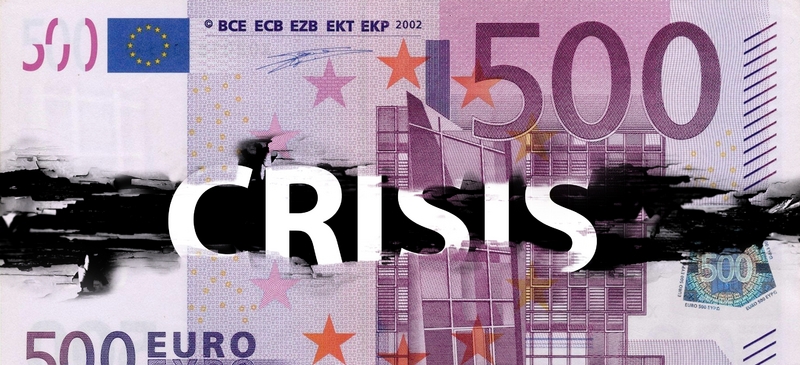
Protectionism and the economic crisis: So far, so good?
For much of the year, the spectre of the 1930s has loomed large over the global economy. With the world facing its steepest economic downturn since the Great Depression, there has been understandable concern that key countries could, as in the 1930s, raise import barriers and succumb to ‘beggar-thy-neighbour’ policies. So far, this fear has mostly proved misplaced. True, many countries have struggled to honour their commitment not to erect new barriers to trade, given at the G20 summit in Washington in November 2008. But for now, a damaging protectionist free-for-all seems to have been averted.
There are good reasons why the international trading system is proving more resilient than it did in the 1930s. One is simply that governments are avoiding repeating the same mistakes. They have focused on easing monetary and fiscal policy, rather than raising trade barriers, to cushion the impact of the economic downturn. Another reason is that countries enjoy less elbow room on trade policy than they used to. Membership of regional trade agreements and the World Trade Organisation (WTO) insulates about 75 per cent of world trade from increases in tariffs. No EU country, for example, can impose tariffs on imports from a fellow member-state without violating a basic condition of its membership.
Protectionism has not, however, been eliminated. Trade barriers have increased over the past year. Some emerging economies have been able to raise tariffs without breaking WTO rules because the tariffs which they had previously applied were lower than their ‘bound rates’ (internationally-agreed ceilings). WTO rules also allow countries to take special measures, such as antidumping duties, to protect domestic firms against ‘unfairly low’ prices. Since the middle of 2008, the number of antidumping investigations opened worldwide has grown by a third, while the number of anti-dumping measures applied has increased by a fifth.
More opaque forms of protectionism have also proliferated. Numerous countries have disbursed subsidies to struggling companies – notably in the car industry, a sector which suffers from global surplus capacity (and could therefore do with some pruning). Banks which have been recapitalised have been leant upon by governments to lend domestically rather than abroad. Discriminatory provisions have wormed their way into fiscal stimulus plans. And some governments have publicly encouraged their consumers to buy domestic goods and services, rather than foreign ones. Such responses have certainly challenged existing rules, both within the EU and the WTO. But they have not, as yet, overwhelmed them.
International pressures are helping to contain protectionism. In the EU, the Commission has come down hard on countries that violate the integrity of the single market. For example, it has forced President Sarkozy to stop bullying French firms to maintain employment at home at the expense of jobs abroad. Outside the EU, the ‘Buy America’ clauses in the US’s draft fiscal stimulus package have been revised in the face of pressure from the EU and Canada. The G20 leaders took a useful step to curb protectionism when they met in April: they agreed that the WTO should be notified of trade-distorting measures and that it should monitor and report on the adherence of G20 countries to their pledges.
Some observers make much of the fact that 17 members of the G20 have broken the ‘standstill’ commitment to avoid any form of protectionism that they made last November. It is certainly true that national measures over the past year have pushed the world trading system towards less freedom, rather than more. But it helps to retain a sense of perspective. The WTO and the World Bank, which have monitored restrictions on trade since the start of the financial crisis, have both concluded that trade-distorting measures have had a marginal impact to date. The volume of world trade may have collapsed since late 2008, but this has had little to do with rising import barriers. Protectionism has been a consequence, not a cause, of the downturn.
Several risks remain. One is that national subsidies could get out of hand. Almost every country that produces cars has extended financial support of one kind or another to help local manufacturers. Banks have been even larger recipients of state largesse. These are exceptional times, and extraordinary measures cannot be avoided. Nevertheless, there is a risk that yesterday’s tariff wars could morph into today’s subsidy wars – with countries vying to obstruct necessary economic adjustments by propping up uncompetitive national champions.
Another risk is that the underlying cause of the current crisis – the build-up of vast, unsustainable imbalances in the world economy – goes unresolved. Countries that have run large current-account surpluses (such as China, Germany and Japan) may be unwilling or unable to boost domestic demand sufficiently to offset the rise in savings in deficit countries (such as the US and the UK). Any hint that surplus countries are ‘free-riding’ on fiscal stimulus programmes in the deficit countries, or resisting the task of reorienting their economies away from exports towards domestic demand, could provoke conflict. China could yet become the target of American or European protectionism.
The good news is that international rules and institutions are helping to contain protectionist excesses in many countries. The bad news is that protectionism is becoming mor opaque and that international mechanisms have so far proved incapable of tackling global imbalances. If the G20 is serious about stemming the protectionist tide, it will have to devote more time discussing global imbalances than it has to date.
